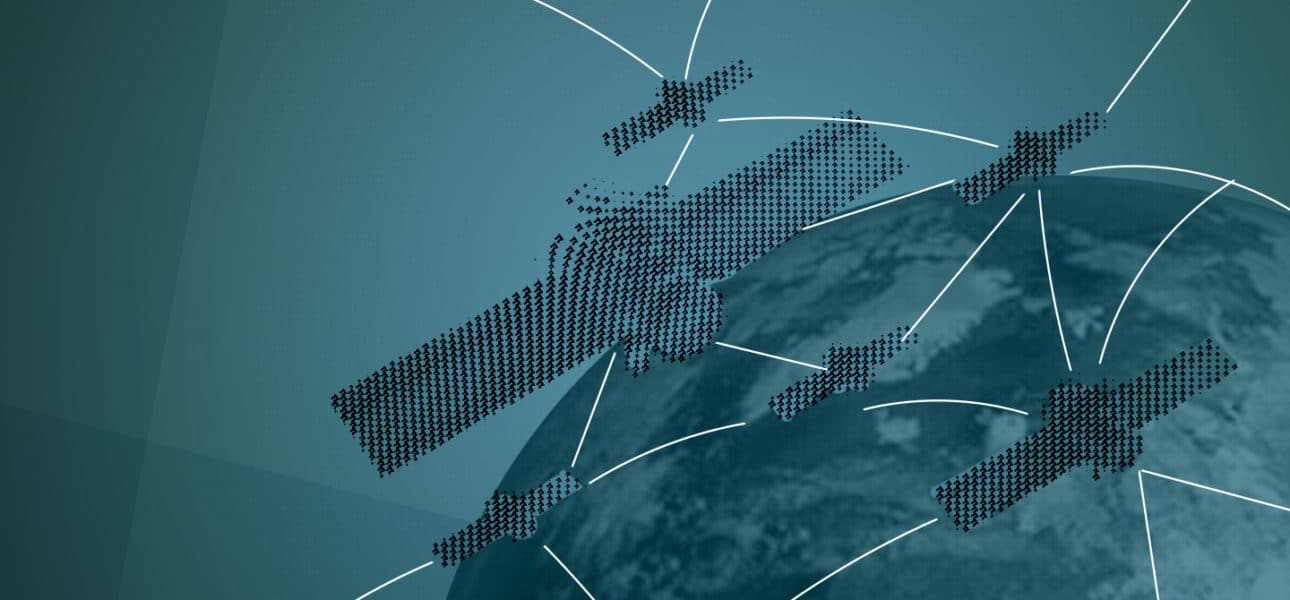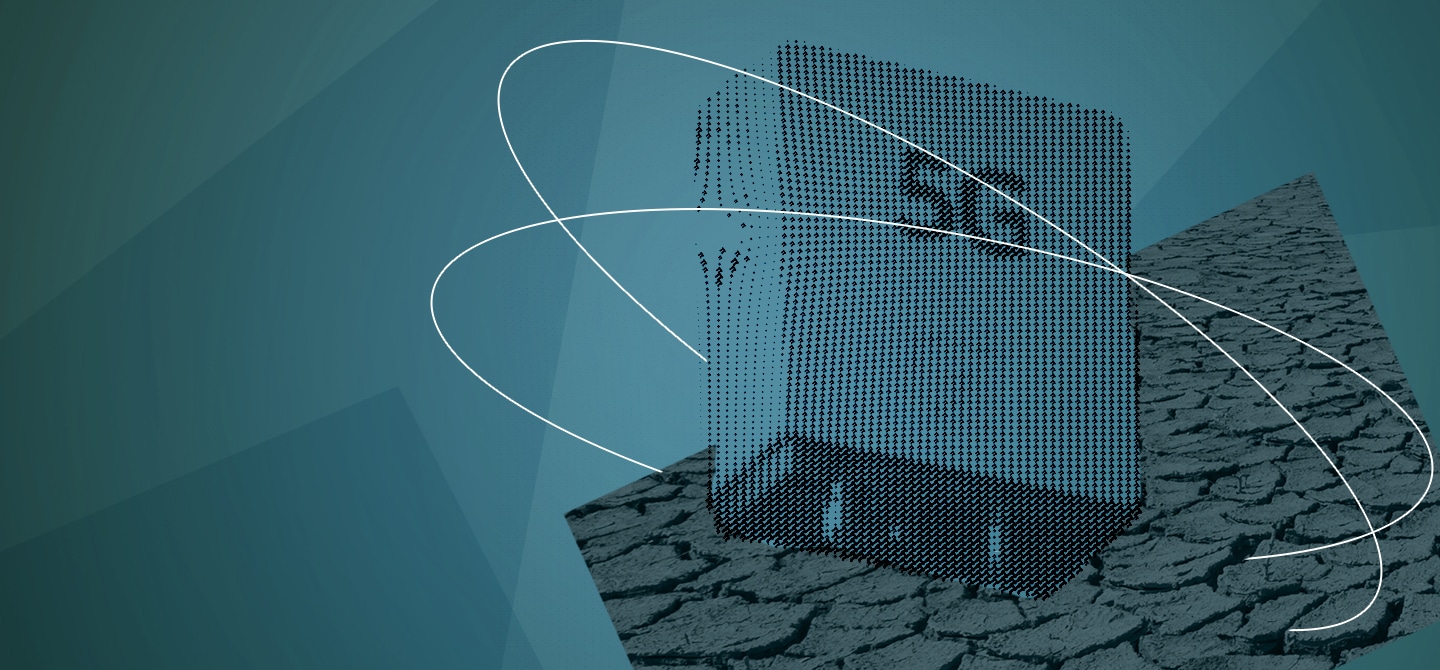5G12 is a new technological standard that incorporates 10 years of R&D in the field of telecommunications in terms of throughput, latency, connection density, but also communication security and energy efficiency (less energy for a constant amount of data transported). Improvements come from developments in antennas and radio wave processing with new technologies such as massive MIMO antennas3, which make it possible to use radio frequencies with greater capacities in order to achieve higher speeds, while maintaining more simultaneous connections.
The convergence of telecoms networks with IT networks is based on common and standardised software platforms, such as slicing and edge computing. Hence, 5G is a range of innovations for more reliable and flexible uses. It brings important advances for numerous applications such as factory or connected cities, public or individual transport, logistics, etc.
Although the arrival of 5G was accompanied by concerns regarding health (exposure to waves) and questions about security and sovereignty, here we will focus on the key issue. That of managing to the benefits of 5G while controlling its environmental impact. In other words, merging digital connectivity and sustainability. This leads us to consider the environmental effect of digital technology in a more general way.
What are the concrete impacts of 5G on the environment ? A life cycle analysis leads us to consider three main phases : the manufacture of equipment (with an impact on the consumption of raw materials such as water or rare resources and, to a certain extent, a more or less carbon-intensive energy consumption generating greenhouse gases), its use (mainly consuming energy) and, lastly, the management of its end-of-life (the production of waste). For the sake of simplicity, we will focus here mainly on energy consumption, but we should bear in mind that this is only one facet of the environmental footprint of this technology, and of digital technology in general.

The energy consumption of 5G
While the actual deployment of 5G may lead to questions regarding the non-deployment rhetorical, deployment and non-deployment studies nevertheless allow us to address key questions. How will we continue to develop this technology ? And how will we adapt it ? These questions are particularly relevant while we are still faced with real disruptions such as stand-alone, slicing or edge computing, and the conditions for deployment in the 26 GHz band are still being studied.
Where are the environmental effects of concentrated 5G ?
- The deployment of 5G leads to equipment changes. The production costs of this equipment (especially those of premature terminal replacement) may weigh heavily on the environmental footprint of the technology.
- On the other hand, not deploying 5G would have led to the densification of the 4G network, and therefore also to the production of more equipment, probably in greater numbers for the networks, and above all to additional operating energy costs, because, for a constant volume of data, 5G is more efficient.
- What complicates things is that the transition to 5G could encourage excessive use of data through a rebound effect that is difficult to quantify.
Depending on the assumptions made, one gets radically different results.
The report by the French High Council for the Climate4 considers what the carbon footprint of the digital sector could be according to several variants of deployment and non-deployment of 5G. While there is considerable uncertainty, the scenarios all conclude that the deployment of 5G will result in a significant increase in this footprint, mainly due to the increase in the number of objects connected to the network.
A study conducted by a committee of experts involving the main network equipment suppliers and the four metropolitan mobile operators, for which Arcep provides the secretariat, sheds more light on this issue5. It was noted that the deployment of 5G allows mobile networks to be much less intense in dense areas. However, in low-density areas, in the short and medium term, the opposite effect is likely to occur.
Better evaluation of digital energy consumption
It is difficult to analyse the effects of 5G in isolation from the rest of the digital ecosystem because each technology, whether mobile or wired, is used in an ever-increasing interweaving of IT and networks. It is the entire energy consumption of digital technology that must be challenged. The difficulty of establishing certainties in this area highlights the great need for precise assessments of energy consumption. Such assessments are essential to guide public policies, but also the behaviour of users and the choices of companies.
Arcep invested in these subjects in 2020 by opening a platform “for a sustainable digital future” and by organising a public debate as part of a process of exchange and consultation with industry players. The main tools for carrying out such assessments are life cycle analyses, which draw on all the scientific knowledge accumulated in a field to define robust methodologies, and the data collected to feed the analyses.
Within this framework, the authority has started concrete programmes, including the following.
- A study is being conducted with ADEME to quantify the environmental footprint of digital technology today and in 2030 and 2050, with a first report to the government expected in 2022. The aim is to define a methodology and indicators that will enable such quantification.
- Arcep has already been collecting environmental data from electronic communications operators since 2020. But data from all the players in the digital world are needed : equipment manufacturers, access providers, data centre operators, etc. It should also be noted that a law aimed at strengthening environmental regulation of the digital sector by Arcep, tabled by Senator Patrick Chaize, which broadens Arcep’s data collection powers, has just been adopted.
Finally, the positive effects of 5G must be considered. Of course, some people insist on these “positive externalities” so as not to have to worry too much about the negative effects. But the ambition of our greenhouse gas reduction targets is such that reducing the energy consumption of the telecoms sector is a necessity, however important the positive effects may be. It is up to the authorities to set less energy-intense objectives without holding back innovation that could lead to environmental gains in other sectors that rely on digital technology to achieve their ecological transition.











